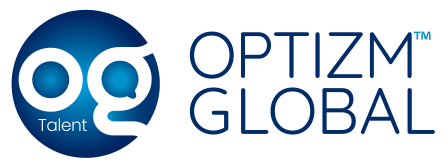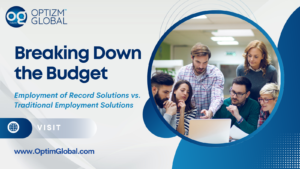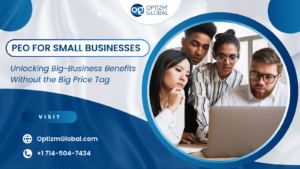Major work trends are reset by the pandemic, HR leaders and employment agencies are required to give a second thought to employee management, performance, recruiting, and employment service.
New HR strategies emerge due to changes that occurred from the COVID-19 pandemic disruption in the workplace. Leaders need to evaluate the impact of each HR strategy as it will have its own organization’s operations and strategic goals. They need to identify which trends require immediate action and evaluate up to what degree these new HR trends change pre-COVID-19 tactical goals and plans.
According to the survey approx. 32% of organizations are replacing full-time employees with fortuitous workers as a cost-saving measure. In such a situation, the role of professional staffing becomes more prominent and supportive on both sides. This pandemic has made unemployed to large skilled force. For business leaders, it’s critical to acknowledge that large-scale shifts are swapping about how people work and how to get business done.
So leaders who are willing to survive and stand out from competitors then need to respond effectively to these new HR trends. Recruiting and employment services are planning their strategies to offer the best human resource to their as per current HR trends.
Major HR trends are mentioned below; some represent an acceleration of existing shifts while others have new impacts.
Increase in remote working
A recent poll showed that after COVID-19 approx. 48% of employees like to work remotely at least part of the time v/s 30% before the pandemic. As organizations shift towards remote work operations and are able to explore critical employees’ competencies will need to collaborate digitally and be prepared to adjust employee experience strategies. For a remote context, management requires considering whether and how to shift performance goal setting and employee assessments.
Segregation of critical skills and roles
Before COVID-19, organizations link critical roles with critical skills or the capabilities required to meet the designed strategic goals. The current scenario has realized employers that there is another segment of critical roles- roles that are essential and crucial for the success of workflow.
This organization’s essentiality is understood by the employment agencies also. Thus, they plan and offer workforce strategies to their respective clients for the appropriate utilization of human resources. To build the workforce, organizations focus on the skills required to drive the organization’s competitive advantage and the workflows that fuel that advantage.
Expansion of Contingent worker
This pandemic has given rise to economic uncertainty to many workers to lose their jobs and exhibit others to dialectal work models. By reducing contractor budgets and other cost-cutting tools many organizations able to face economic impacts in the pandemic.
As a cost-saving measure approx 32% of organizations are replacing full-time employees with contingent workers. Thus, to maintain more flexibility in workforce management organizations will continue to expand their use of contingent workers. Employment agencies focus on this changing work culture and provide such a workforce to the organizations.
Employer role as social safety net expanded
This pandemic has arisen the propensity of employers to play an expanded role in their employees’ physical, financial and mental well-being. Assistance includes financial, increase sick leaves, child care provision, and adjustment in operational working hours.
This economic crisis has pushed the bounds of how employers view their employee experience. Such measures taken by the employers prove to be an effective way to promote physical health and ameliorate the emotional well-being of employees.
An Emergence of new top-tier employers
Before COVID-19, due to the demand for transparency, organizations were already facing increased employee demand. The way employers treated employees during the pandemic accordingly organization will be judge by employees and prospective candidates. Balance decisions made by the management today to solve the instant perturb of an employee during the pandemic will have a long-term influence on the employment brand.
Developing organizations commune openly and regularly show how they are assisting employees in spite of executing cost-saving measures. Where practicable, organizations can look for options to plan talent-sharing partnerships with other organizations to remove employees displaced from their jobs in COVID-19.





